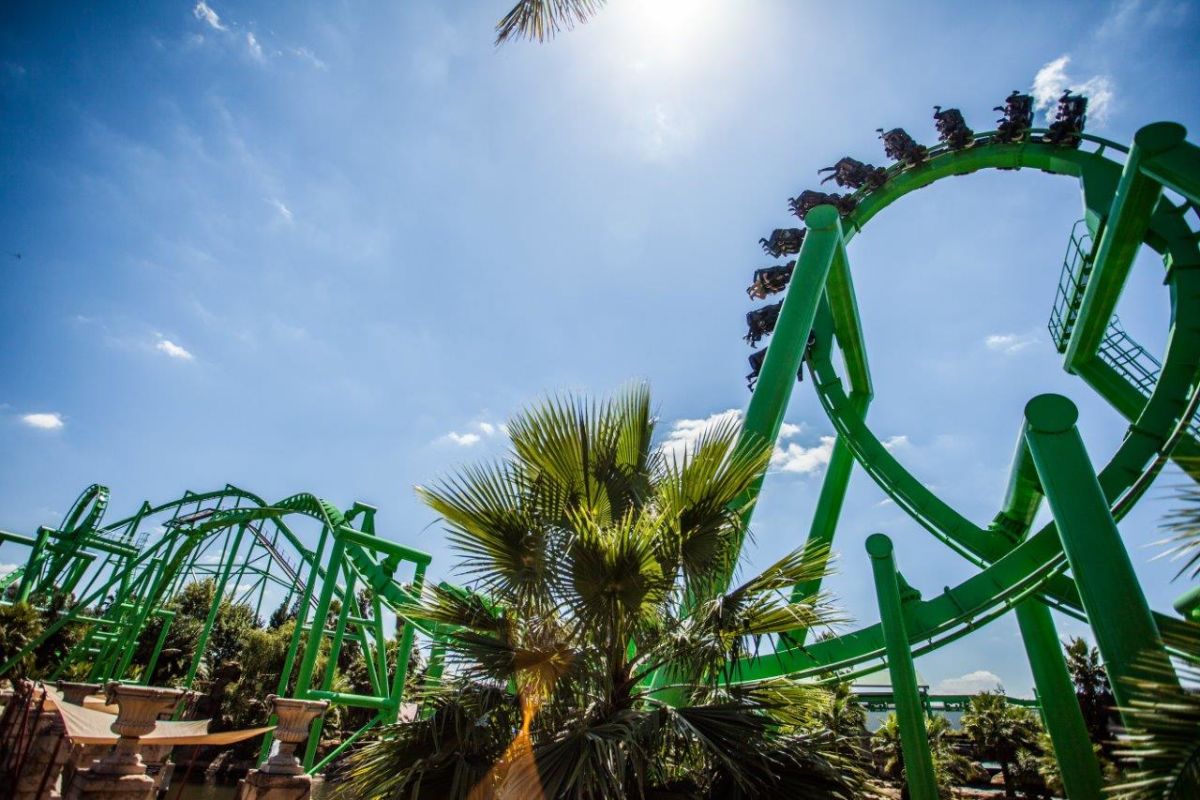Johannesburg North Attractions Can Be Fun For Anyone
Johannesburg North Attractions Can Be Fun For Anyone
Blog Article
An Unbiased View of Johannesburg North Attractions
Table of ContentsThe Definitive Guide for Johannesburg North AttractionsThe Ultimate Guide To Johannesburg North AttractionsWhat Does Johannesburg North Attractions Do?Not known Factual Statements About Johannesburg North Attractions Johannesburg North Attractions for BeginnersThe 5-Second Trick For Johannesburg North Attractions
The city grew on the side of the Witwatersrand Key Coral reef, a subterranean stratum of gold-bearing quartz-silica corporation that arcs for hundreds of miles under the Highveld - Johannesburg North attractions. Many of the gold mines in the city stopped operation in the 1970s, but in its day the Witwatersrand gold sector accounted for more than 40 percent of the globe's annual gold production.Johannesburg has a temperate climate. The city enjoys about 8 hours of sunshine per day in both winter and summer season.
What rain the city obtains falls practically solely in the summer season, frequently in spectacular late-afternoon electric storms. Air pollution positions a substantial issue, specifically in the winter season, when thermal inversions hinder the westward circulation of air from the Indian Ocean. Air pollution is most extreme in the largely cleared up Black areas on the city's periphery, where several residents still count on coal for fuel.

A Biased View of Johannesburg North Attractions
The balance of the city is inhabited by whites. Holiday accommodation varies in character and quality. Soweto is well-known for its limitless rows of municipally developed, two-room matchbox homes, yet it also has a few thriving territories in addition to bristling squatter camps, where 10s of thousands live without water, electrical power, or cleanliness facilities.
Physical development, although rather limited by transportation, proceeded promptly as migration to South Africa, and Johannesburg particularly, enhanced significantly. This problem was resolved in the 1930s when the vehicle was presented in automation to South Africa. Autos were, generally, confined to the rich, and allowed them to relocate to the north of the city and commute right into the centre.
Many inadequate suburban areas were combined, with inadequate blacks and whites living together, although the wealthy suburbs were generally scheduled for whites. This transformed with the political election of the National Celebration in the 1948 elections, who started to formalise the system called discrimination. Apartheid officially assigned which residential areas each race can stay in under the Group Areas Act.
The previous system of eleven phoned number regions was reorganised in 2006. Marshalltown, as seen from the top of the Carlton Centre. The M1 and M2 run behind the buildings, and the southerly suburban areas prolong past the freeway limit. The central city of Johannesburg lies within the city's Area F. The estimated population of the region is 200,000, [] The number of individuals living in the internal city on a casual basis is unidentified, as several are prohibited immigrants. A lot of higher-income citizens and white people have actually relocated to the northern suburbs and have been replaced by lower-income black individuals. The joblessness, education and learning, and age profiles of the location are all unidentified, because of the trouble of obtaining trustworthy info regarding the location.
All About Johannesburg North Attractions
Yeoville and Bellevue have a mix of house buildings and solitary residential units on little lots. The area lies on a mountainous divide that runs from east to west. One of the most noticeable geographic attribute is Observatory Ridge, which is called for the big observatory located on it. The leisure spaces are no much longer used, because of safety and security problems.

How Johannesburg North Attractions can Save You Time, Stress, and Money.
R. Tambo International Flight Terminal). The eastern suburbs are several of the more oldest areas of Johannesburg, there are huge communities of Jewish and various other European histories, the bulk of the populace is English talking. There are three fairway as well as a number of see this page secured ridges with viewsites. There are a number of well-developed and up-market home entertainment and purchasing locations in the east such as the Eastgate Shopping Center and the Greenstone mall.
Originally constructed to house male migrant employees, numerous have actually been improved as homes for couples and family members. The suburb was not historically enabled to produce employment centres within the location, so nearly all of its locals are commuters to various other components of the city.
The Best Strategy To Use For Johannesburg North Attractions
The domestic areas in the northern suburban areas are mainly official, with no considerable locations of informal housing, or real estate that does not have an irreversible structure. This is an established area, there is a fad of land use change from domestic to industrial, especially along primary arterial roadways and around established nodes.
The location is well linked to road networks, specifically along the north-south axis developed by the M1 and N1. Roadways to the eastern and west are much address less well established, as there are no highways travelling in that instructions. In the direction of the north border of the city, the thickness of growth decreases, leaving big locations of undeveloped land around Midrand.
The Facts About Johannesburg North Attractions Revealed
, which is located on a hill ignoring the inner city and Hillbrow.
Report this page